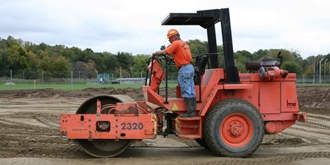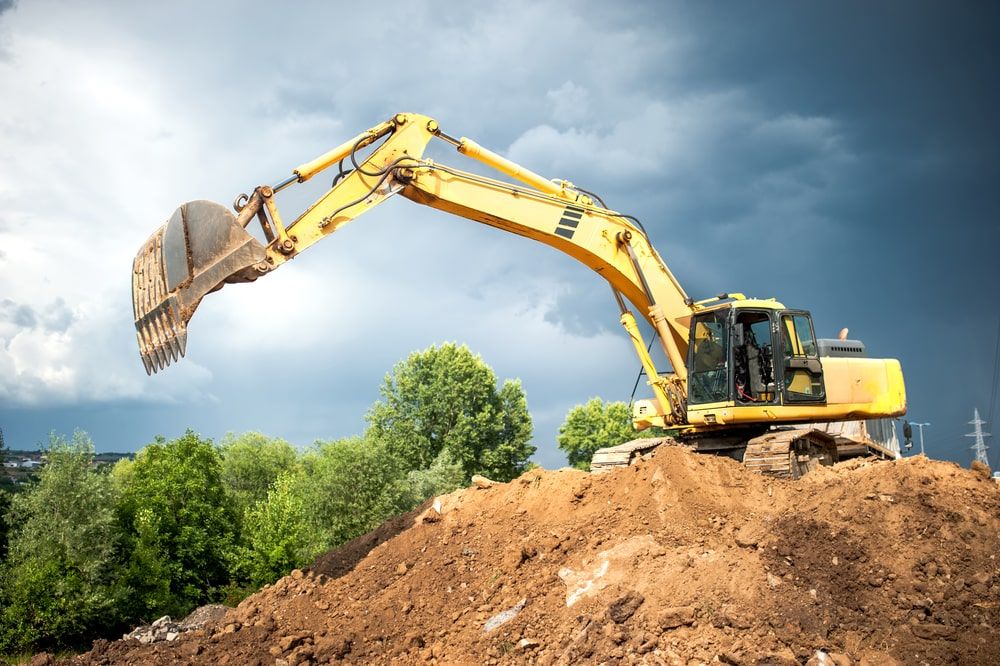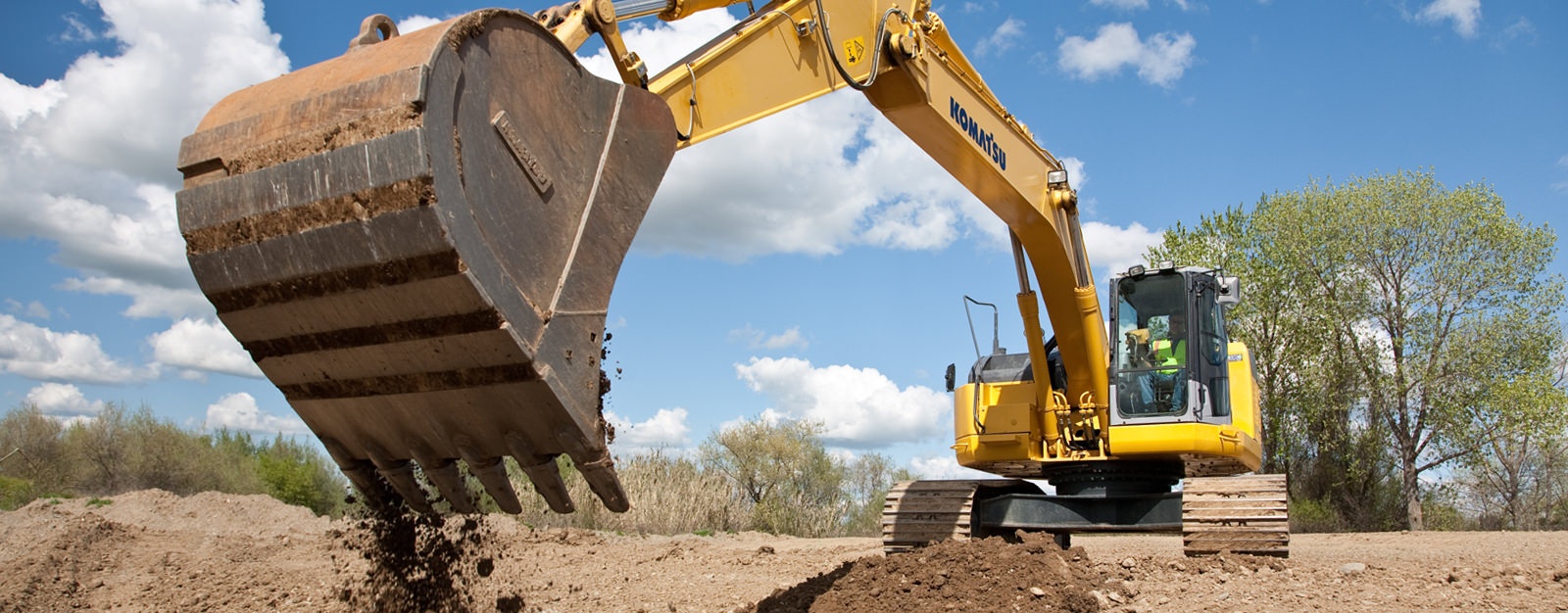Budget Friendly Lancaster Excavation - Top Quality Excavation at Competitive Prices
Budget Friendly Lancaster Excavation - Top Quality Excavation at Competitive Prices
Blog Article
Thorough Expedition: The Scientific Research Behind Superior Excavation Practices
The world of excavation methods is a domain name where scientific research links with craftsmanship to unearth the secrets concealed underneath the planet's surface area. From ancient hand tools to contemporary hydraulic excavators, the evolution of excavation techniques has been a testament to human ingenuity and technical advancements. What absolutely sets exceptional excavation techniques apart is a deep understanding of geological concepts, paired with the usage of cutting-edge tools and approaches. By exploring the scientific research behind these techniques, we can discover the tricks that lie below our feet and appreciate the accuracy and experience that enter into every dig.
Evolution of Excavation Strategies
Throughout background, the evolution of excavation strategies has played a crucial duty beforehand construction practices and historical discoveries. From the primary tools made use of by our ancestors to the innovative machinery used in modern-day times, the development of excavation techniques has substantially changed how we approach numerous jobs.
In ancient times, manual work with standard tools such as shovels, pickaxes, and wheelbarrows was the main technique of excavation. This labor-intensive procedure limited the deepness and range of excavations, often resulting in slow progress and restricted accessibility to particular sites. As civilizations advanced, so did the tools and strategies utilized for excavation.
The Industrial Transformation noted a transforming point in excavation practices with the introduction of steam-powered equipment. In modern times, technology plays a pivotal role in excavation, with improvements like General practitioner systems, drones, and 3D scanning boosting accuracy and effectiveness in the area.
Function of Modern Technology in Excavation

The combination of cutting-edge modern technology has basically transformed the area of excavation, enhancing accuracy and efficiency to unmatched degrees - excavating ohio. One of the vital technological advancements that has actually significantly influenced excavation methods is the utilization of General practitioner systems.
Furthermore, the development of 3D modeling and simulation software has streamlined the preparation procedure for excavation projects. Drivers and engineers can now picture the whole excavation procedure prior to breaking ground, identifying prospective difficulties and maximizing process. Combined with this, the application of drones in excavation tasks has actually facilitated aerial surveys, volumetric measurements, and website inspections with unrivaled speed and accuracy.
Geological Concepts in Excavation
An understanding of geological concepts is important for guaranteeing the architectural honesty and stability of excavation sites. Geological elements play a critical duty in determining the feasibility and safety and security of excavation tasks (excavating ohio). One essential geological principle to think about is the type of soil or rock present at the site. Different soil types, such as sand, clay, or gravel, have differing levels of stability and require different excavation techniques. Cohesive soils like clay might call for added support to avoid collapses, while sandy soils might be vulnerable to erosion during excavation.
By carrying out my explanation comprehensive geological studies and evaluation, excavators and designers can create techniques to minimize risks and make certain the successful conclusion of excavation projects. Eventually, including geological concepts right into excavation practices is critical for achieving secure, reliable, and sustainable results.

Most Current Tools for Excavation
In the world of excavation methods, contemporary developments in tools have actually reinvented the effectiveness and precision of excavation processes. These drones can give thorough aerial studies of excavation websites, providing real-time data on topography and possible click resources dangers.
One more cutting-edge device getting popularity is the application of 3D printing technology for developing custom-made excavation equipment. This permits the production of specialized tools that are customized to the specific needs of a project, increasing performance and minimizing downtime.
Furthermore, improvements in materials scientific research have led to the development of more powerful and a lot more durable excavation tools. septic ohio. Tungsten carbide-tipped excavator add-ons, as an example, deal exceptional efficiency in challenging ground problems, enhancing efficiency on-site
Scientific research's Influence on Excavation Practices

Moreover, developments in materials scientific research have actually resulted in the creation of more powerful, a lot more resilient excavation tools and tools. As an example, using composite materials in shovels and diggers has enhanced their efficiency and durability, eventually increasing performance on excavation websites. Furthermore, scientific study on soil mechanics and geotechnical design has given useful insights into dirt habits, allowing excavation specialists to make educated choices relating to excavation methods and dirt stabilization strategies. In general, scientific research remains to drive innovation and renovation in excavation practices, making excavation tasks much more reliable, affordable, and lasting.

Final Thought
In conclusion, the advancement of excavation methods has been substantially affected by advancements in technology and a much deeper understanding of geological concepts. The most recent tools and tools made use of in excavation have actually enhanced efficiency and accuracy in the field. The application of scientific expertise has actually considerably enhanced excavation techniques, causing much more reliable and sustainable approaches for digging deep into different kinds of products.
In the world of excavation techniques, modern technologies in devices have actually reinvented the efficiency and precision of excavation processes. By leveraging scientific principles, the excavation market has actually see this site been able to dramatically boost performance, accuracy, and security in excavation procedures. GPR permits excavation groups to non-invasively scan and map subsurface structures, energies, and prospective risks, enabling them to prepare excavation jobs with better accuracy and minimized danger of accidents.
Additionally, clinical research study on soil mechanics and geotechnical design has actually offered valuable understandings right into dirt habits, enabling excavation specialists to make enlightened choices pertaining to excavation approaches and soil stabilization strategies. Generally, scientific research proceeds to drive advancement and improvement in excavation practices, making excavation projects more efficient, cost-effective, and sustainable.
Report this page